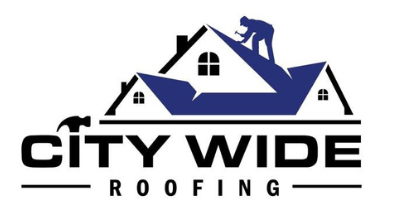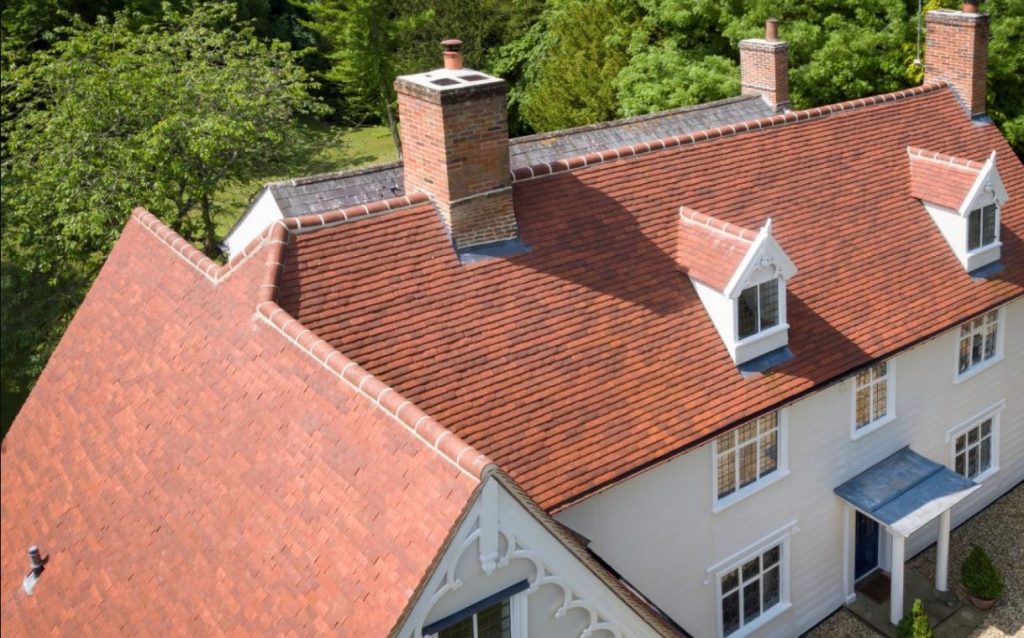A cool roof is a roofing system designed to reflect sunlight and absorb less heat than traditional roofing materials. This type of roofing helps keep buildings cooler, reduce energy consumption, and mitigate the urban heat island effect. Cool roofs have gained popularity in recent years as more people become aware of their benefits not only for individual homes but also for the environment.
The concept behind a cool roof is simple: by reflecting sunlight instead of absorbing it, the roof surface stays cooler, reducing the amount of heat that enters the building. This means that less energy is needed to cool down indoor spaces in hot weather, resulting in lower electricity bills and reduced carbon emissions from power plants.
In this article, we will explore how cool roofs work, what types of materials are used in their construction, and why they are becoming an increasingly popular choice for homeowners and businesses alike.
Understanding the Benefits of a Cool Roof
The benefits of a cool roof are numerous and can have a significant impact on the environment and building energy efficiency.
One of the primary advantages of a cool roof is that it reduces the heat island effect, which occurs when urban areas experience higher temperatures than surrounding rural areas due to human activities. The use of dark-colored roofs in cities can exacerbate this phenomenon by absorbing more solar radiation, leading to higher temperatures and increased energy consumption for cooling buildings. However, cool roofs reflect more sunlight and absorb less heat, reducing both the temperature of the building’s surface and the surrounding area.
Another benefit of installing a cool roof is that it can lower energy consumption by decreasing the need for air conditioning during hot weather. By reflecting more sunlight back into space instead of absorbing it into building materials, cool roofs reduce indoor temperatures, making buildings more comfortable without relying on excessive air conditioning.
Furthermore, with less demand for cooling systems in summer months, electricity consumption decreases significantly as well. Finally, because they deflect harmful UV rays from damaging roofing materials over time, cool roofs also extend their lifespan while requiring less maintenance overall.
How a Cool Roof Works to Keep Your Home Cooler
Efficiently reflecting sunlight, a specially designed roofing system reduces the amount of absorbed heat and contributes to maintaining a lower indoor temperature.
Cool roofs are typically made up of materials that have high solar reflectance, or albedo. This means that they reflect more sunlight than traditional roofing materials.
The majority of this reflected sunlight is in the form of infrared radiation, which is responsible for heating up building surfaces and subsequently increasing indoor temperatures.
In addition to high solar reflectance, cool roofs also possess high thermal emittance. Thermal emittance refers to the ability of a material to release heat energy back into the atmosphere instead of retaining it.
When combined with high solar reflectance, these properties work together to create an effective barrier against unwanted heat gain in buildings.
By reducing the amount of heat absorbed by roofing materials, cool roofs can help reduce air conditioning costs and improve indoor comfort levels during hot summer months.
Types of Materials Used in Cool Roofing and Their Properties
Specially designed roofing systems utilize materials with high solar reflectance and thermal emittance to effectively reduce heat absorption and maintain lower indoor temperatures, contributing to the energy efficiency of buildings.
There are several types of materials that can be used in cool roofing, each offering unique properties and benefits.
Firstly, metal roofs are a popular choice for cool roofing due to their high reflectivity and durability. They can be made from a variety of metals such as steel, aluminum or copper, and can be coated with reflective paint or granules to further increase their solar reflectance.
Secondly, asphalt shingles have also been developed with reflective granules added to them to improve their cooling performance. These shingles can also come in a range of colors which can affect their reflectivity levels.
Thirdly, tiles made from clay or concrete have natural cooling properties due to their porous nature which allows for air circulation beneath them.
Fourthly, single-ply membranes made from materials such as PVC or TPO offer both high reflectivity and thermal emittance while being lightweight and easy to install.
Lastly, vegetative roofs covered in plants provide insulation that reduces heat transfer into the building while also absorbing carbon dioxide from the air.
Overall, choosing the right material for a cool roof depends on various factors such as climate conditions, building design, budget constraints and personal preferences. However, regardless of the material chosen, incorporating cool roofing technologies is an effective way for property owners to reduce energy consumption and costs while contributing towards sustainable living practices.
What Are Some Common Materials Used For Cool Roofing, And Which Is The Most Effective?


